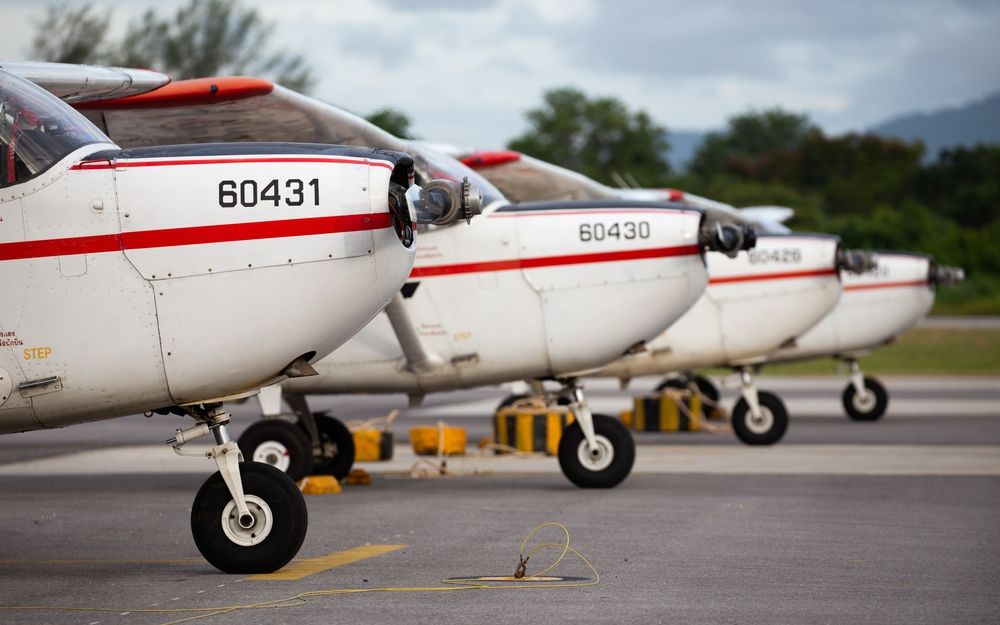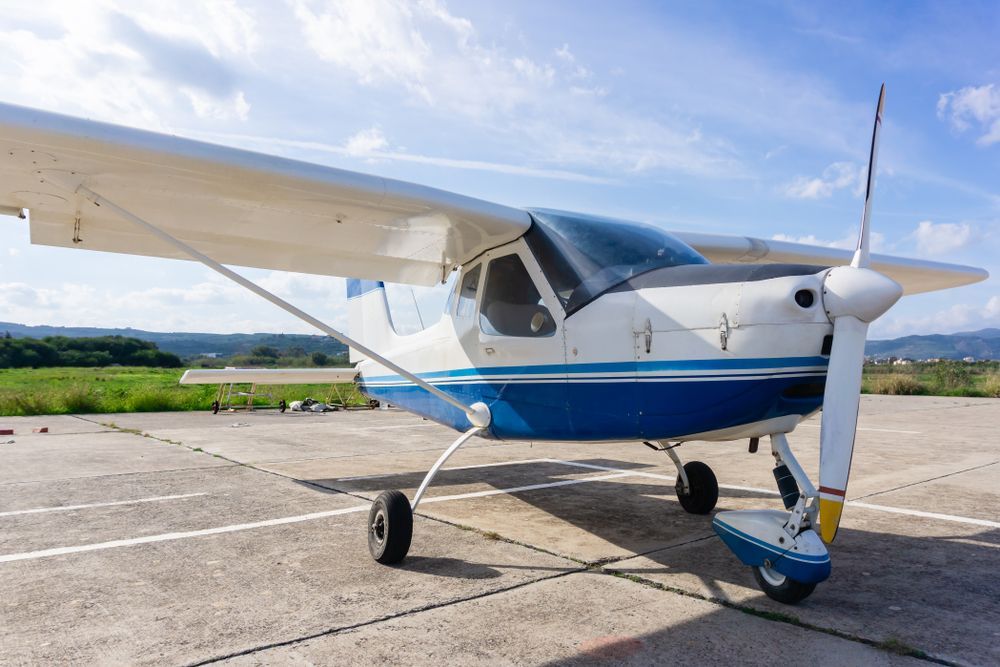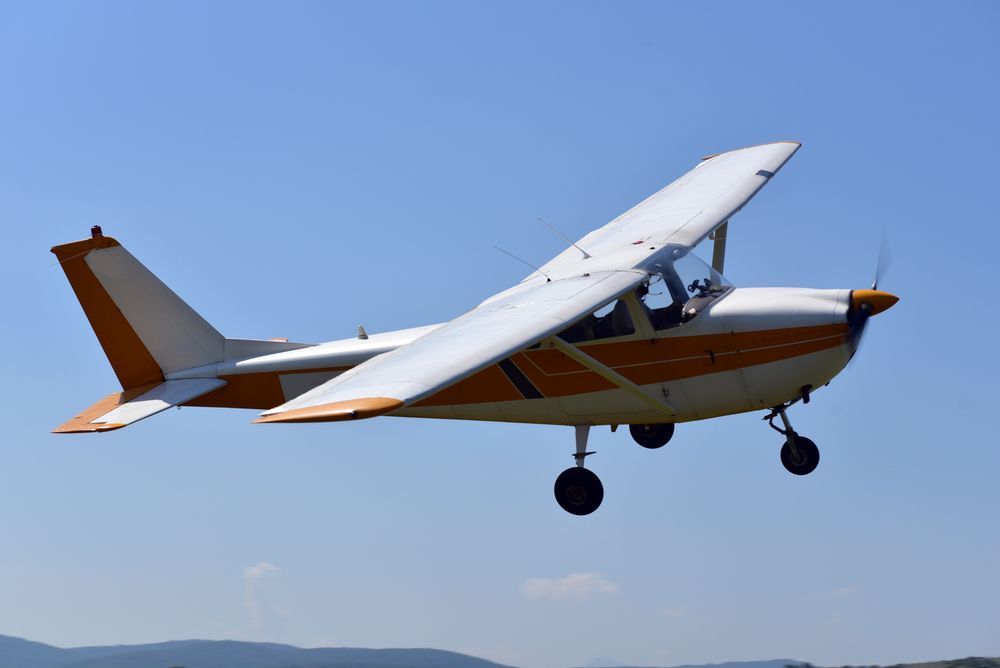Electric Aircraft: Are They the Future of Aviation?
Share this Article:
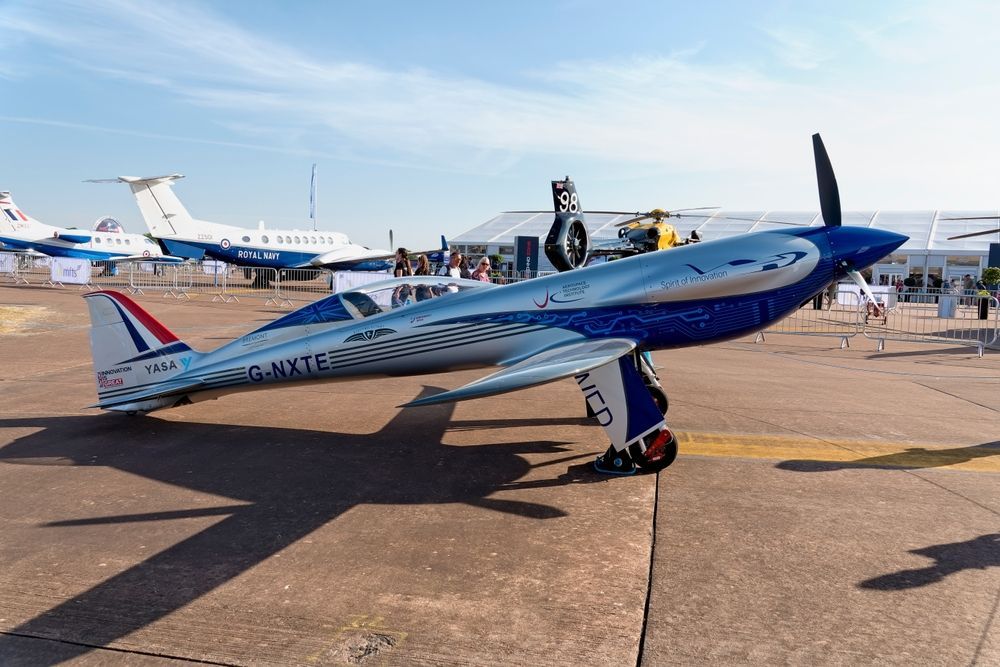
The aviation industry is built on innovation. From jet propulsion to glass cockpits, flight progress has always come from pushing technology forward. Today, electric aircraft are emerging as a promising shift in how we think about air travel. With growing environmental concerns and rapid advancements in battery and propulsion systems, electric aviation is starting to look less like science fiction and more like the next logical step.
Still, questions remain. How far has technology really come? Who is investing in it? And what might this mean for the future of flight?
The Evolution of Electric Aircraft
The concept of electric flight isn’t entirely new. In fact, the first recorded electric-powered flight dates back to the 1970s, when hobbyists and engineers began experimenting with lightweight gliders and battery-powered motors. These early attempts were limited by the low energy density of batteries, making them impractical for anything beyond short, experimental flights.
Fast forward to the 21st century, and electric aircraft have come a long way. Improvements in lithium-ion battery technology, along with more efficient electric motors and lightweight materials, have made it possible to build aircraft that can carry passengers, operate more quietly, and produce zero in-flight emissions.
Today’s electric aircraft range from small trainer planes used in flight schools to larger prototypes aimed at regional travel. While commercial electric airliners are still in development, the foundation has been laid. The industry has shifted from experimental to actionable, with a growing focus on certification, safety, and scalability.
Technological Advancements Driving Electric Aviation
Electric aircraft are benefiting from rapid progress in several high-impact areas. Battery performance is improving steadily, with current lithium-ion systems delivering more power at lighter weights than ever before. Though still a limiting factor in range, battery technology is trending in the right direction, and solid-state designs on the horizon could bring a major leap forward.
Electric propulsion has also matured. Today’s motors are compact, highly efficient, and mechanically simple compared to combustion engines. This simplicity opens the door to innovative airframe designs, including distributed propulsion systems that enhance performance while reducing mechanical complexity.
Supporting technologies like advanced composites, digital flight controls, and thermal management systems are helping manufacturers reduce weight and maximize efficiency. Together, these innovations are setting the stage for practical electric flight at scale.
Current Players in the Electric Aircraft Industry
Several companies are shaping the future of electric aviation, each targeting different segments of the market:
- Eviation Aircraft: Best known for Alice, a sleek, all-electric commuter plane designed for short-haul regional travel. It completed its first test flight in 2022 and continues to draw industry attention.
- Joby Aviation: A frontrunner in the eVTOL space, Joby is developing electric air taxis for urban mobility. Their aircraft promise quiet operation and fast point-to-point travel in crowded cities.
- Archer Aviation: Another eVTOL innovator, Archer is focused on building aircraft that can integrate into existing transportation networks with an emphasis on safety, noise reduction, and efficiency.
- Pipistrel: A pioneer in electric flight, Pipistrel already offers certified electric aircraft used in flight schools and training environments, proving that electric aviation isn’t just theoretical.
- Airbus: The aerospace giant is exploring electric and hybrid-electric concepts through projects like the CityAirbus NextGen, focusing on urban and regional air mobility.
- Boeing: Through its subsidiary Wisk Aero and other investments, Boeing is supporting autonomous and electric aircraft development aimed at future-ready air travel.
Benefits of Electric Aircraft
Electric aircraft offer several compelling advantages that could reshape the future of aviation. From cost savings to environmental impact, these benefits are driving growing interest across the industry.
- Lower Operating Costs: Electric motors are simpler and more efficient than traditional combustion engines. They require less maintenance, use cheaper energy sources, and have fewer moving parts, all of which reduce long-term operating expenses.
- Reduced Emissions: With no in-flight carbon emissions, electric aircraft present a significant step toward more sustainable aviation. As the power grid becomes cleaner, the overall carbon footprint of electric flight will continue to drop.
- Quieter Operation: Electric motors are significantly quieter than jet or piston engines. This means less noise pollution around airports and in urban environments, a key benefit for both passengers and communities.
- Improved Energy Efficiency: Electric propulsion converts more energy into thrust compared to internal combustion engines. This efficiency opens up new possibilities for shorter regional routes and urban air mobility.
- Innovative Design Flexibility: Electric systems allow for new aircraft configurations, such as distributed propulsion, which can improve aerodynamics, safety, and control.
Challenges Facing Electric Aviation
Despite the promise of electric aircraft, several challenges still stand in the way of widespread adoption.
- Limited Battery Range: Current battery technology doesn’t yet match the energy density of aviation fuel. This limits range and payload capacity, making electric aircraft more viable for short trips than long-haul flights.
- Weight Constraints: Batteries are heavy, and in aviation, every pound matters. Balancing weight while maintaining performance and safety remains one of the industry’s biggest technical hurdles.
- Charging Infrastructure: Airports are not currently equipped with the charging stations and electrical capacity needed to support a fleet of electric aircraft. Building out this infrastructure will take time and investment.
- Certification and Regulation: Electric aircraft represent new technology that doesn’t always fit neatly into existing certification categories. Regulatory bodies like the FAA and EASA are still developing frameworks to evaluate and approve these aircraft.
- Market Readiness: While there’s growing interest, the industry still needs to prove the long-term reliability, safety, and cost-effectiveness of electric aviation before large-scale adoption can occur.
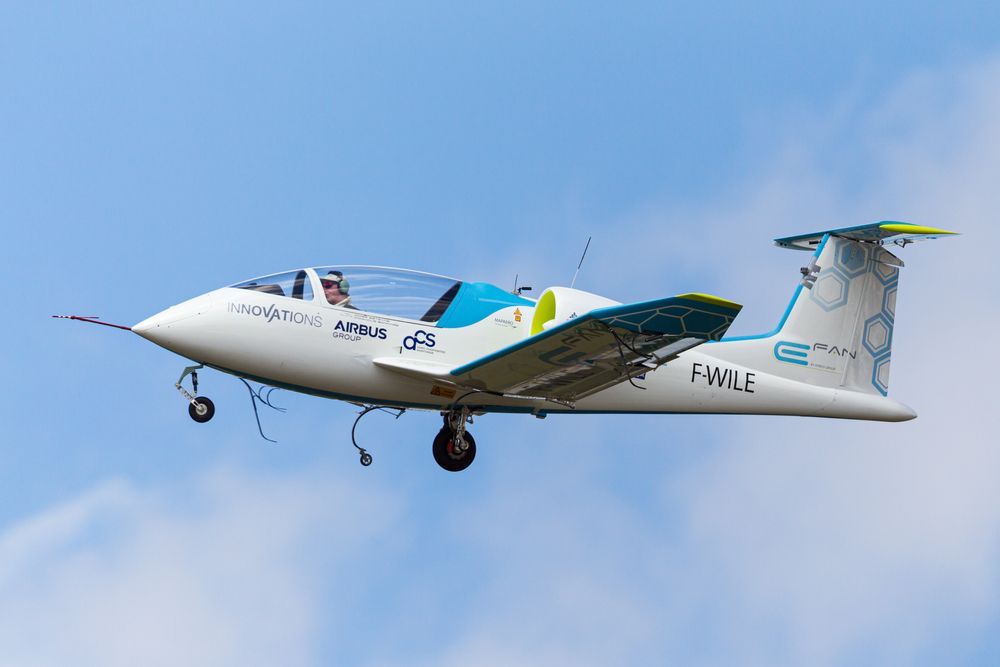
Hybrid-Electric Aircraft: A Transitional Solution?
Hybrid-electric aircraft are emerging as a practical bridge between conventional and fully electric flight. By combining traditional engines with electric motors, they reduce fuel use and emissions while extending range beyond what batteries alone can currently support.
These systems also offer operational flexibility and added safety through redundant propulsion. Manufacturers are targeting short- to mid-range routes, where hybrids can deliver meaningful environmental gains without the limitations of all-electric designs.
As battery and charging technologies continue to evolve, hybrid aircraft could play a key role in helping the industry transition to fully electric operations over time.
The Road Ahead: Predictions and Timelines
Electric aviation is advancing, but full-scale adoption will take time. The near future will likely see growth in smaller electric aircraft and urban mobility solutions, especially for short routes and flight training.
Wider commercial use depends on improvements in battery technology, certification processes, and infrastructure. While timelines vary, most forecasts place fully electric regional and commercial aircraft entering broader service sometime in the 2030s.
Continued investment, innovation, and regulatory support will determine how quickly electric aviation becomes a mainstream part of the industry.
Key Takeaways
Electric aircraft are gaining traction, with real progress in both fully electric and hybrid designs. While widespread adoption is still ahead, the direction of the industry is clear.
As aviation evolves, J.A. Air Center remains committed to staying ahead of the curve. Whether you're upgrading your aircraft or exploring what's next, we're here to keep you flying forward.


